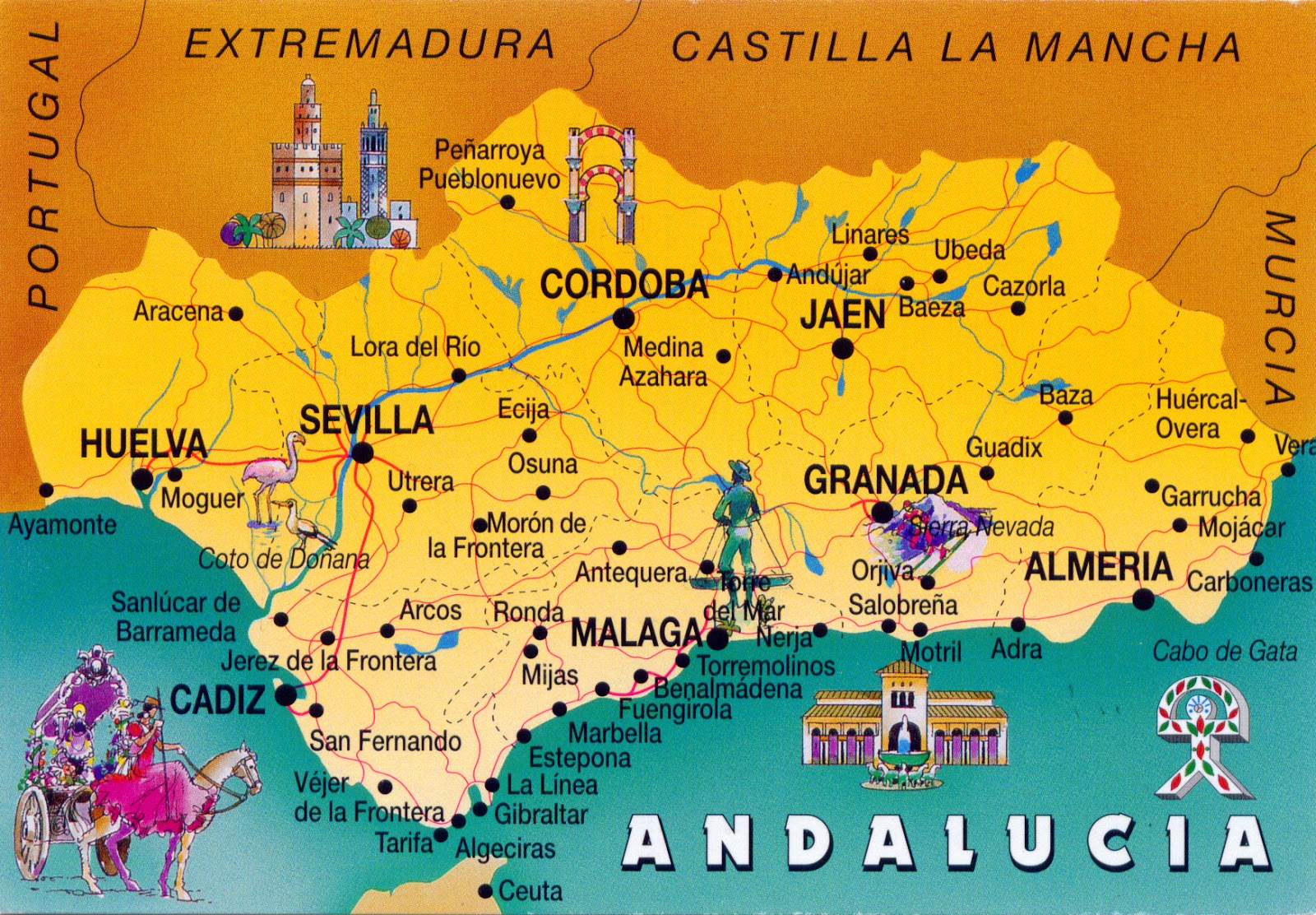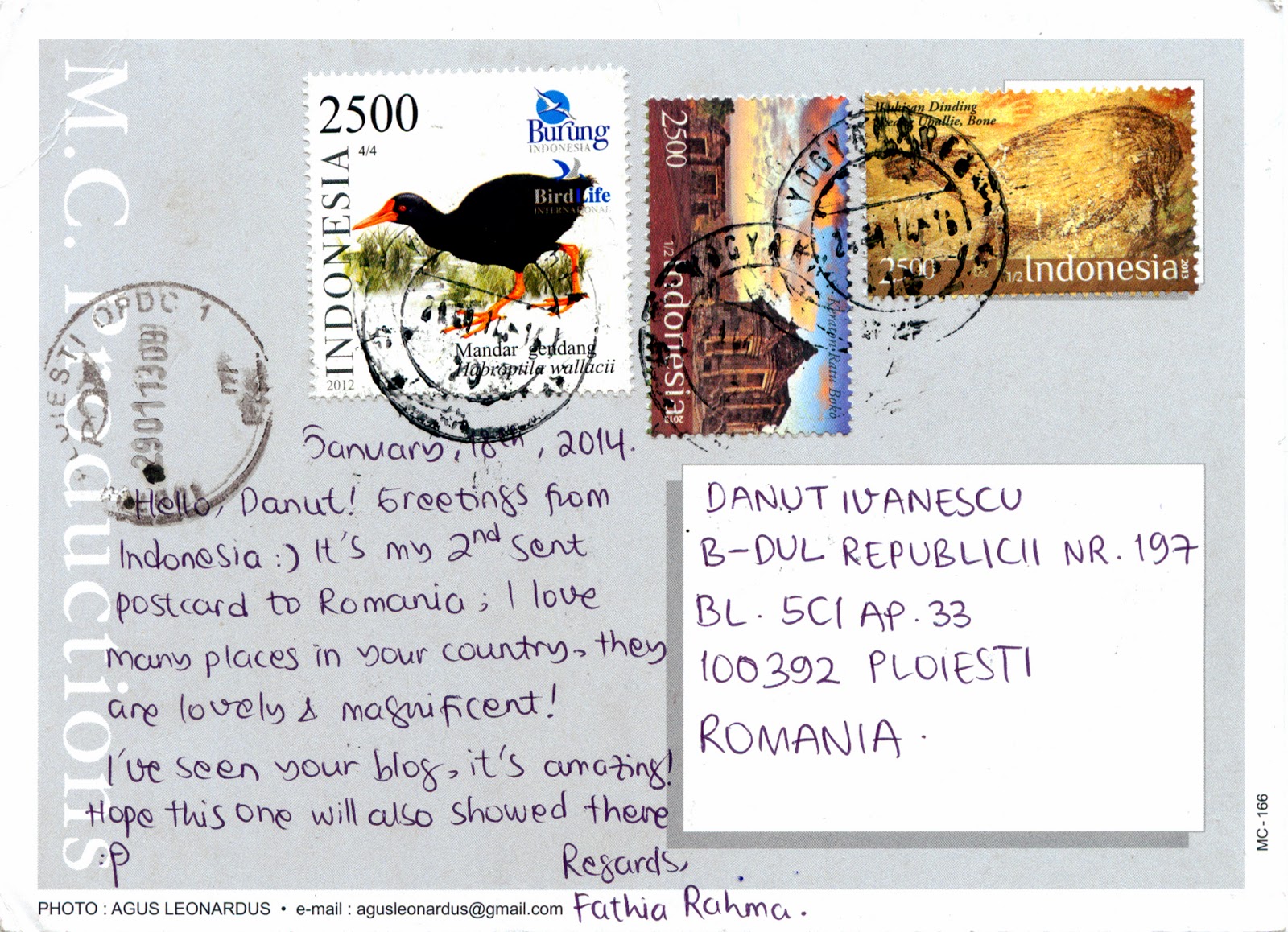Posted on 30.06.2013, completed on 23.01.2014"Strolling along a rural road and admiring the flower, this Amish family is the sum total of all who went before.
The Amish work with nature, not against it. They live in peace and brotherhood with with both man and nature - and in respecting both they have prospered." Even though I don't know this community than from some books and movies, I think that this description of the postcard is very appropriate. Known for simple living, plain dress, and reluctance to adopt the modern technology, the Amish (a group of traditionalist Christian church fellowships, actually a subgroup of the
Mennonite churches) live in closed communities in 27 U.S. states and the Canadian province of
Ontario, the largest population being in
Ohio,
Pennsylvania and
Indiana.
The history of the Amish church began with a schism in
Switzerland within a group of Swiss and
Alsatian Anabaptists in 1693 led by
Jakob Ammann. Those who followed Ammann became known as Amish. In the early 18th century, many Amish and
Mennonites emigrated to Pennsylvania as a reaction to religious wars, poverty, and religious persecution on the Continent. The rules of the church, the
Ordnung (order in German), must be observed by every member and cover most aspects of day-to-day living, including prohibitions or limitations on the use of power-line electricity, telephones, and automobiles, as well as regulations on clothing. Members who don't follow these rules are excommunicated. There is generally a heavy emphasis on church and family relationships, and a large families is considered a blessing from God. The more traditionally minded groups became known as the
Old Order Amish. Most of them share a German or Swiss-German ancestry and speak
Pennsylvania Dutch.
The Amish clothing is plain, and must not call attention. Hook-and-eye closures or straight pins are used as fasteners on dress clothing. Snaps are used on everyday clothes, and plain buttons for work shirts and trousers. Some groups tend to limit color to black and white, while others allow muted colors. Women wear calf-length plain-cut dresses in a solid color. Aprons are worn at home, usually in white (the unmarried) or purple or black (the married), and are always worn when attending church. Girls in some areas may wear colored bonnets until age nine, and begin wearing a cape for church and dress up occasions at about age eight. Men wear dark-colored trousers, with a dark vest or coat, and broad-rimmed straw hats in the warmer months. Married men and those over forty grow a beard. Mustaches are forbidden, because they are associated with European military officers and militarism in general.
![]()
![]()
Usually, the Amish don't educate their children past the eighth grade, believing that the knowledge offered up to that point is sufficient to prepare a child for their lifestyle. On the other hand, they believe that the pathway to heaven is paved with modesty, so a person must be separate from the world, forsake self interest and humbly submit to the authority of the church. The public education is considered a springboard toward individual advancement, independence, power, and distancing of the simple life. So the purpose of Amish education isn't to promote individuality and critical thinking, or to create artists, scientists, musicians or actors, but to prepare the children to remain Amish. In many communities, they have their own schools, which are typically one-room schoolhouses with teachers (young unmarried women) from their community.
![]()
![]()
According to the Amish, "progress" is not assumed to mean "something better", so they don't accept many of the modern conveniences - such as electricity generated by public power lines, TVs, computers and modern tractors - which are considered to be tempting elements from an "outside world", that could lead the Amish away from their close-knit community or weaken the family structure. However is acceptable to use some limited forms of electricity (such as battery power for the lights on their buggies), the phone (only a public one, not private) and some machinery (such as tractors without rubber tires). In this sense one of the icons of the Amish culture is the horse and buggy, though it has been a symbol of separation for only about the last century. It is the prominent mode of transportation, naturally limiting travel, and therefore, interaction with the non-Amish world. But while owning a car isn't permitted, to be a passenger is no compromise to their beliefs. Amish businessmen often have agreements with non-Amish persons to haul materials as needed, or hire a non-Amish employee who provides a vehicle.
![]()
![]()
Because children aren't counted in local congregation numbers, it's difficult to put an exact figure on the number of Amish, but was estimated that in 2008 were 221,000. In addition, they are among the fastest-growing populations in the world, with an average of seven children per family. There are
Old Order communities in 27 U.S. states and the Canadian province of
Ontario;
Ohio has the largest population (55,000), followed by
Pennsylvania (51,000) and
Indiana (38,000). One of the largest Amish settlements are in
Lancaster County (in south-central Pennsylvania), known since the 18th century as the Garden Spot of America. Even if only around 30,000 Amish people live in this county (6.37% of the total population), Lancaster is synonymous in American popular culture with Amish country, a place of peace, prosperity, and traditional values that has somehow survived unscathed the upheavals of the 20th century.
![]()
![]()
Amish homes are also plain and modest, though they tend to be sprawling to provide for extended family. Most are painted white, and old order homes are devoid of pictures on the walls and usually have no window curtains. Amish give their main house to the oldest son, when they retire, and, if there are children at home yet, there is a fairly large grandpa house built or if they don’t retire, the son will more than likely buy a farm or stay on the family land. Isn't uncommon for three and sometimes, four generations of a family to live under the same roof. The "family" provides the member with a status within the home and within the community. A person is more of a member of the family, rather than an individual. Each member has a job, a position, a responsibility, and a status.
Read more »
























































































